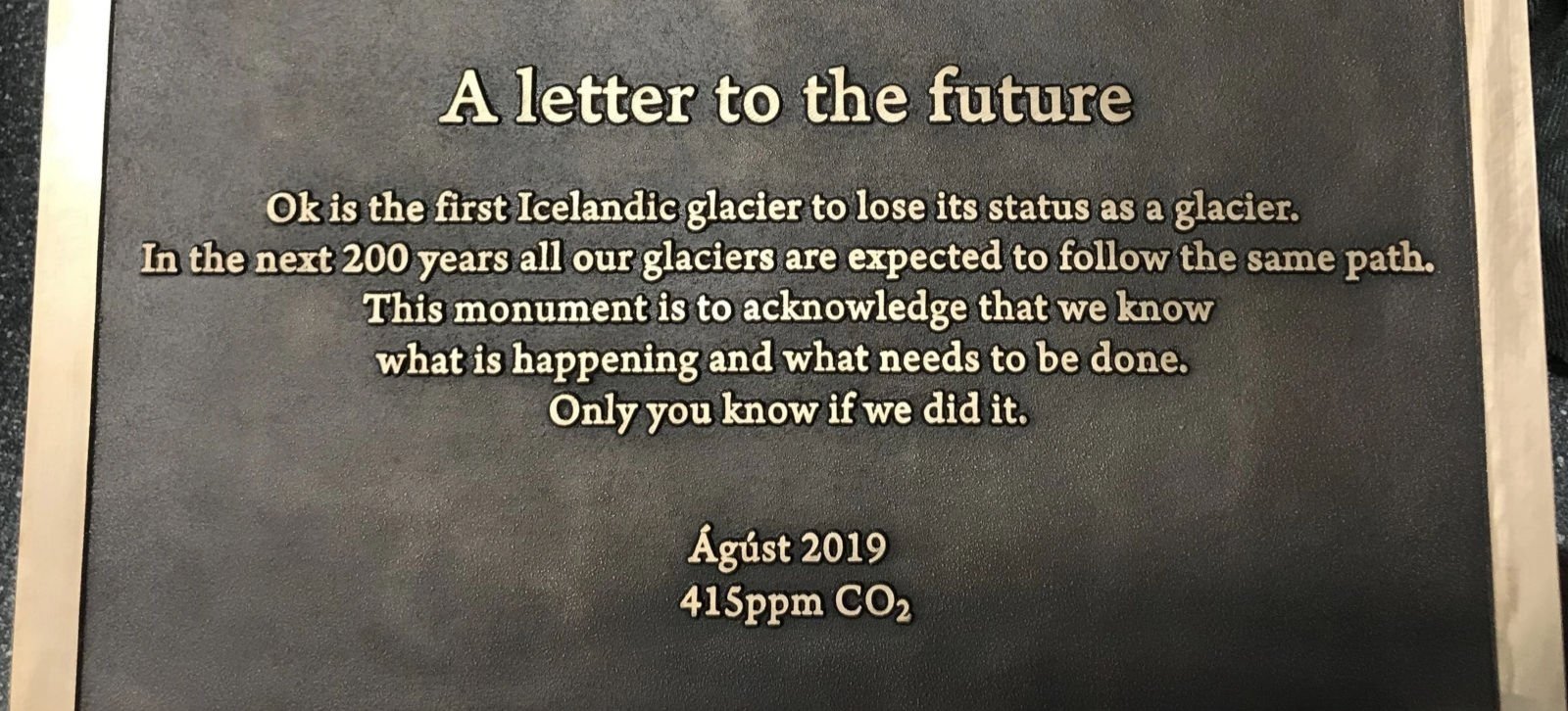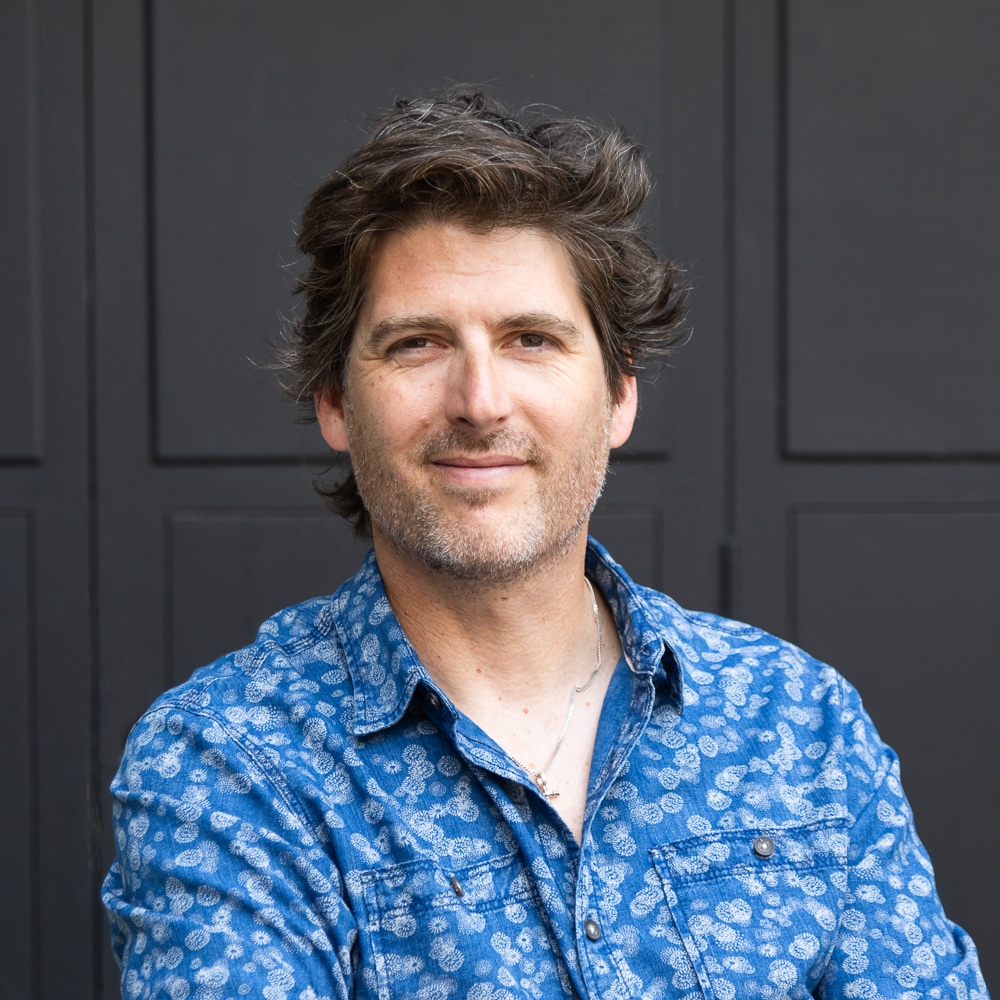“I work in sustainability comms. How the hell do I do my job amidst a confusing, Trumpian culture war?”
By Stuart Lambert, co-founder
We recently held an IRL event discussing this topic. Amazingly, 200 people turned up – corporate affairs directors, heads of comms, sustainability comms professionals, social impact leads, brand marketers.
It was the most popular event we’ve put on. Clearly the topic is on people’s minds.
I had the honour of having to offer some answers to the question, for people giving up their evening to come and hear me speak, as well as a brilliant panel discussion featuring friends and experts from Oatly, Lloyds Banking Group, Green Finance Institute, Primark and A Blueprint For Better Business.
Fortunately, my humble hypothesis for how to go about ‘doing’ sustainability comms right now – a mixture of what is really just common sense and my, er, trademark blunt irritation at industry jargon – seemed to resonate with the audience.
I’ve distilled the essence of it here.
The starting point is acknowledging that, right now, trying to beat the sustainability drum with conviction and positivity can feel a thankless, hopeless task.
You’re pulled between the US and the EU. Between a deregulatory agenda and a regulatory one. Between short-term pressures and long-term strategy. Between increasingly polarised politics and polemic. Between ‘sides’ of a culture war.
Whichever way you turn, it feels like you’re going to get some kind of pushback or criticism or angry headline or tweet.
But how this agenda is framed can make a real difference. The comms and messaging are crucial. And there are three fundamental principles that I think anyone in sustainability comms needs to keep firmly front of mind over the coming, challenging months and years.
1. Put people first.
The first thing to do is acknowledge the political reality. The public zeitgeist is one in which domestic, social concerns are prioritised: housing, jobs, cost of living, security. “The economy” is the number one issue for UK voters today (YouGov) just as it was for US voters choosing between Trump and Harris. Security is, unsurprisingly, fast becoming more urgent for people. I’ll come back to that.
Rightly or wrongly, environment and climate concerns trail.
But – and this is really, really crucial – environmental concerns ARE societal concerns. This is one of the major problems with ‘ESG’, which falsely separates environmental risks from societal risks, when in fact the two are inextricable and interdependent.
Given we’re talking about Trumpian, climate-sceptical times, let’s take a US example: the reality of flooding and wildfire risk in Florida and California, extreme weather events that are both recent and proven to be driven by climate change.
When insurance companies – whose entire reason for being is to assess risk, dispassionately, with no regard for politics – are pulling out of these states, then it is a reality that the US government is now exposed to billions upon billions of dollars of risk. Taxpayers across the States now underwrite millions of people’s homes, because nobody else will.
The MAGA lobby can apply whatever pressure it wants to deter or ban mention of a climate crisis, but it can’t deny the reality of the facts on the ground. Trump asserted that the wildfires were due to mismanagement of forests and poor planning for extreme weather events around LA. Well, ‘good management’ of forests and extreme weather event resilience is a climate change strategy, even if the words are different.
Environmental challenges are social concerns. And it has always been thus.
The first environmental regulation of the modern era was the UK Public Health Act of 1848. It was environmental regulation because it focused on rules to ensure drinking water quality and appropriate treatment of sewage. But the intended outcome was social: this was about protecting people from cholera.
We have to frame environmental policy and targets and investment as helping people. Improving lives, or protecting lives. It’s the only way to thread the culture war needle right now.
Today, for example, if you talk about spending billions on wind turbines to meet your net-zero 2050 goal, you can sadly expect a cynical headline or two.
But investing in renewable energy because it’s important we protect British people from energy price shocks and because it’s important for our national energy security…
Suddenly it’s not ideological, it’s just logical.
2. Balance the negative with the positive
The second thing we need to do is balance communication about harm reduction with communication about positive impact.
Mitigating harms – emissions or water usage or plastic – is of course vital. Not least in statutory reporting. But it’s also compliance table stakes. And in fundamental, human, storytelling terms, it doesn’t excite anyone.
“I love brand X’s emissions abatement strategy”, said no consumer, ever.
People do get excited about and inspired by the positive difference you make to the world, however.
Think of the outpouring of emotion at the apparent demise of The Body Shop: that wasn’t because of brilliant products but because we felt The Body Shop was special, it was different. It stood for something positive. It did some real GOOD in the world.
Don’t get so lost in the CSRD, statutory reporting weeds that you lose sight of the eternal need for good, human storytelling.
In these culture war times publicly focusing on provable positive impact to society or people’s lives is a vital part of a smart, engaging, purposeful comms approach.
But note the word provable. We can’t return to the days of vague CSR, in which abstract amounts of money are diverted to charities as a form of guilt-offsetting.
Companies need to apply the measurement and governance rigour of ESG (the ‘harm reduction’ agenda) to their positive impact strategy.
At Blurred, we talk to clients about setting what we call an ‘Anchor Goal’: an ambitious but credible, quantifiable positive impact target that ‘anchors’ your overall impact strategy and narrative.
We’ve developed ‘TRUE’ a framework for identifying and codifying that anchor goal. TRUE directs an anchor positive impact goal to be Time-bound, Relevant to people and to core business strategy, Unique – it should unashamedly differentiate the business from peers if it’s to get budgetary buy-in – and Enduring, in terms of lasting outcomes, at scale.
3. Resilience.
The climate is existential. But geopolitical instability has surged to the forefront of government agendas. Pretending otherwise is self-defeating.
The sustainability agenda and the comms around it must reflect that reality.
By demonstrating how it strengthens independence, resilience and domestic prosperity in this security context.
Europe’s scramble to end reliance on Russian gas has demonstrated how energy security and clean energy transitions align. The same goes for resilient and efficient food systems.
Be smart.
If you want to talk about sustainability today, the only way to do so is to talk about it in terms that are favourable to the people who will otherwise criticise it. This isn’t an abandonment of values. It’s playing the cards that are most likely to win right now. It’s pragmatism.
Reframe environmental action as being about improving or protecting the lives of people.
Make sure you are prioritising and demonstrating positive impact, not just emissions reductions or packaging reductions.
And think hard about how what you are doing contributes to national resilience, to growth through independence.
Ultimately, this is too important to not get right.
In February half term, I took my family to Iceland. An incredible place.
There, I visited Okjokull. The first of Iceland’s glaciers to vanish. At the current rate of warming they’ll all be gone within 200 years.
On the site of Okjokull, there is a plaque. A letter to the future. It says:
“This monument is to acknowledge that we know what is happening and what needs to be done. Only you know if we did it.”

We can do it. This is the first time that any species anywhere in the universe, as far as we know, has understood its own predicament like this. We have the self awareness. We have the technologies. We have the mechanisms, financial and political.
As importantly, we also have the gift of persuasion and inspiration and motivation. The capability to change behaviours, to start a movement, through communication. No matter who is in the White House, companies and brands have the capability. And we as communicators have the words.
We need to use them wisely.
